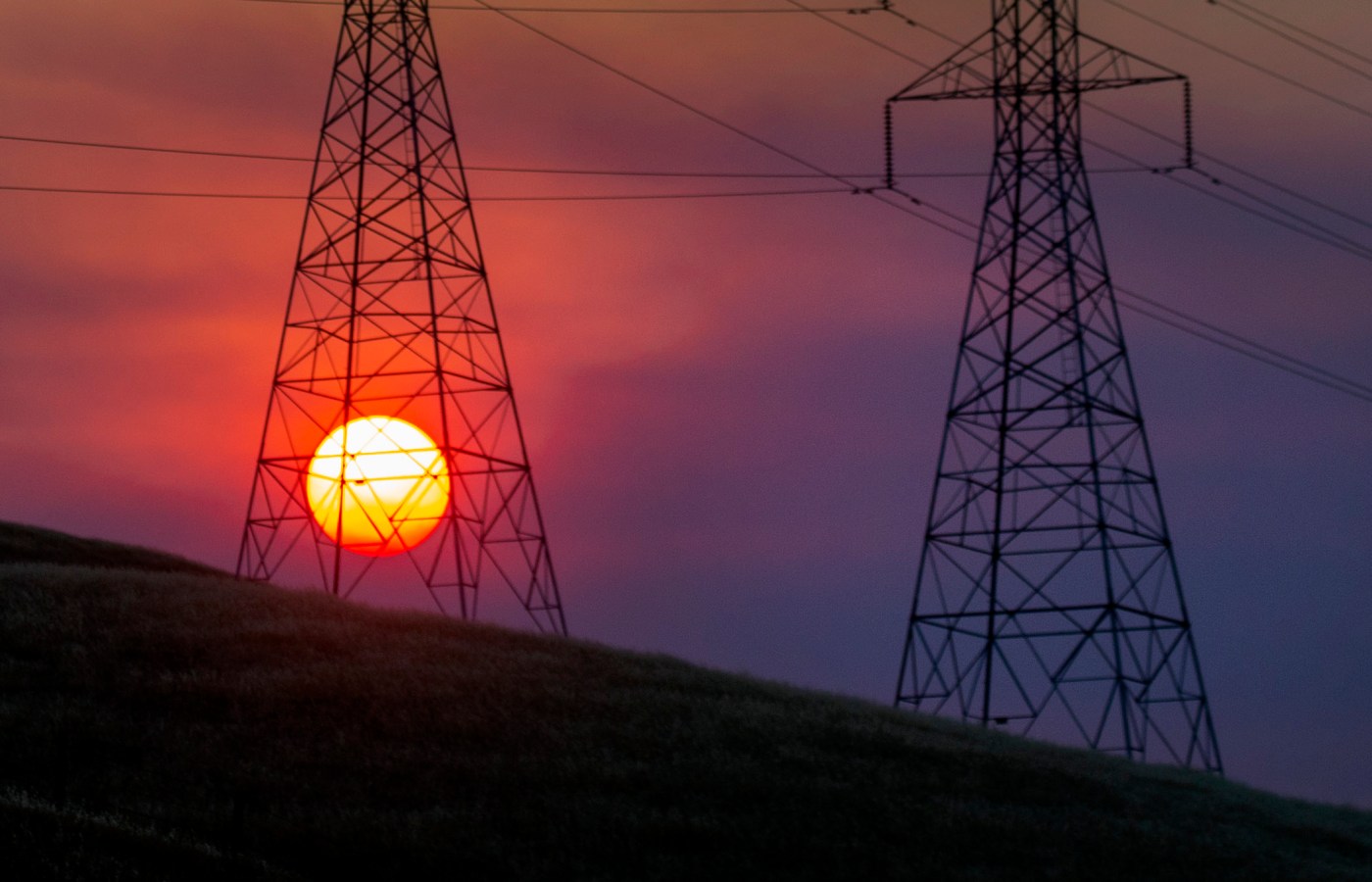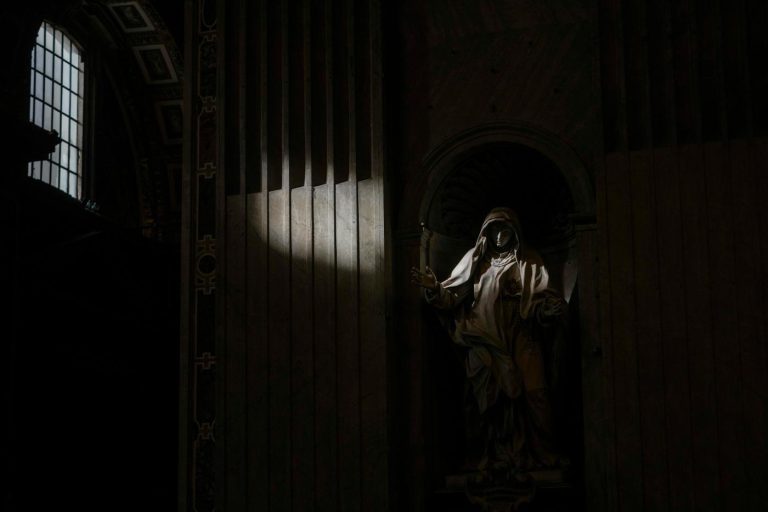RICHMOND — PG&E’s top boss held out hope Monday to the utility’s beleaguered ratepayers that they can expect customer monthly bills to flatten out and someday even fall below the current sky-high utility prices.
The utility titan is working effectively nonstop to scout for ways to curb the head-spinning surge in monthly bills for PG&E customers in recent years, according to PG&E Chief Executive Officer Patricia Poppe.
“We see a future where customers’ bills can start to come down,” Poppe said in response to questions about fast-rising ratepayer costs posed by this news organization.
Poppe appeared Monday at an Earth Day CEO summit next to the headquarters of Moxion Power, a green technology company located at Ford Point along the windswept shores of southern Richmond.
“We are working very hard to modernize our methods for customers and make them (monthly bills) more affordable,” Poppe said during the interview.
Some changes are already in place, according to Poppe.
“We have implemented a lean operating system to shave costs out of our system and improve the customer experience,” Poppe said.
In recent years, PG&E customers have wrestled with steady increases in monthly utility bills, a head-spinning pace that has far outstripped Bay Area cost-of-living increases — the inflation rate as measured by fluctuations in consumer prices.
Over the 12 months ending in January 2024, combined bills for a typical residential customer who receives combined electricity and gas services from PG&E averaged roughly $294.50 a month.
That was a 22.3% increase over the average monthly bill in January 2023. In sharp contrast, the Bay Area inflation rate rose 2.6% during 2023.
“We are re-thinking some mandates that are driving costs to be higher,” Poppe said.
Poppe pointed to safety mandates that in her view can be costly such as heavy reliance on vegetation management to prevent wildfires.
“We think technologies have superseded vegetation management as a primary reducer of wildfire risk in our system,” Poppe said. “We think we can do less vegetation management. We’ll always have some. But we think we can do less. We can substitute lower-cost technologies for that to keep people safe and then build infrastructure that is resilient to the extreme weather that our customers are experiencing.”
PG&E also remains under scrutiny in the wake of a decade of PG&E-sparked disasters that included a fatal gas explosion that destroyed a San Bruno neighborhood as well as a string of infernos that torched huge swaths of land in the North Bay wine country and other sections of Northern California.
While the ambitious changes may seem at first glance tricky to implement, Poppe believes PG&E can find ways to make intricate cost controls, widening technology deployment while improving safety measures.
“All of these things can happen,” Poppe said. “We see a future where customers’ bills can start to come down. We see prices falling in the future and we are working every day to make that happen.”












